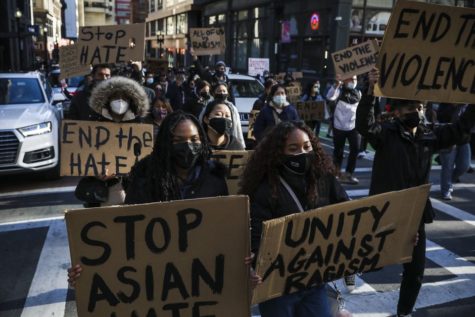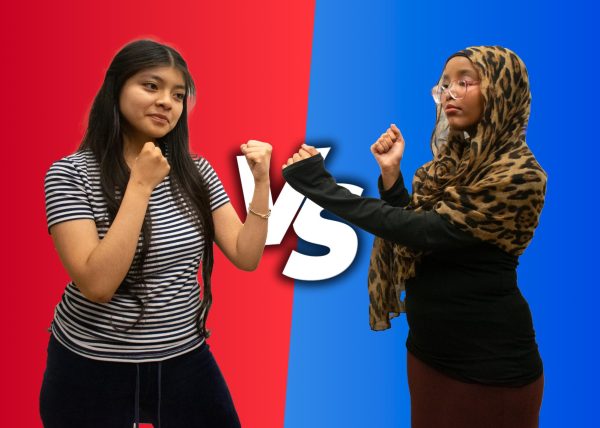Building Solidarity between Communities of Color

In celebration of Asian American and Pacific Islander (AAPI) Month this past May, it is crucial to highlight the importance of building solidarity among minority communities. Building solidarity is the most effective way to overcome divisions between minority groups and dissolve current racial tensions across the country, as all communities of color are hit by the unanimous effects of white supremacy and its culture.
According to Oxford Languages, solidarity is the “unity or agreement of feeling or action, especially among individuals with a common interest.” Putting this term into the context of minority communities, all minority groups are subjected to the face of white supremacy, and because of this, the collaboration of minority communities is necessary to dismantle this common problem.
As Boston Latin School Asian Students in Action (A.S.I.A.) Officer Thomas Tran (I) puts it, “Solidarity is when people realize a lot of our issues are very interconnected, and that we should stand up for all oppressed communities, regardless of whether the issues affect you directly or not.”
Solidarity is necessary for social change. Let it be Black Lives Matter supporting Stop Asian Hate, the issues of all minority groups face the common struggle of white supremacy. White supremacy deems white people as more supreme than their minority counterparts, and this problem is still prevalent today through ongoing stereotypes and the divisions of minority groups.
Realizing this and taking the steps to build unity among minority groups is important to fighting this issue as a collective. BLS A.S.I.A. Officer Vivian Nguyen (III) adds, “In the wake of all the most recent events such as the George Floyd movement, violence
against the Black community and extreme racism within the Asian community, it is so crucial for these minority groups to stand together to fight.”
Understanding the oppressions of certain groups through solidarity helps to understand how divisions are formed and how white
supremacy plays into the issues. For example, the model minority myth, a false claim that deems Asian Americans to be more successful in America than other minority groups, was created to further divide Asians from other minorities by putting them on an imaginary pedestal. As Asian Americans are put into this special and higher group separate from other minorities, divisions among minorities will only increase due to the zero-sum game mentality — a belief that the wins of one group is the loss of another. This leads to the main problem, white supremacy, to not be addressed. Understanding where this myth originated from and how stereotypes pit minorities against one another helps to understand how white supremacy is the real problem.
Although having discussions about myths and stereotypes within and outside of one’s community takes a lot of courage, it is an important step toward building solidarity. BLS A.S.I.A.’s workshop has been one example of solidarity through education and bridging their community’s divide from another.
On April 13, BLS A.S.I.A. hosted their “Anti-Blackness Workshop in AAPI Communities,” aiming to tackle the prevalent biases in the Asian community, especially among elders, toward the Black community by providing resources for students to have these discussions with their families. This workshop inspired many young Asian students to educate their families on an issue so ingrained in history.
Tran explains, “Our intention was to really call attention to a sensitive topic that is often ignored because it is so difficult to bring up. Our workshop was just a conversation starter — an acknowledgment to the issue and an invitation for people to reach out and speak with us.” To start having discussions about racial biases and building solidarity, breaking the ice and taking the initiative to talk with the people around you is the first step. Conversation is a revolution sparker that inspires people to join solidarity-based organizations, which greatens the impact of their activism on solidarity. The divides among minorities need to be changed. As the problems of all groups are all related, standing together in solidarity is crucial to understanding one another and realizing that all minorities are in the fight together. Once communities of color trust each other and learn to communicate their struggles of
xenophobia and racism, tackling white supremacy is going to be much easier going forward.






